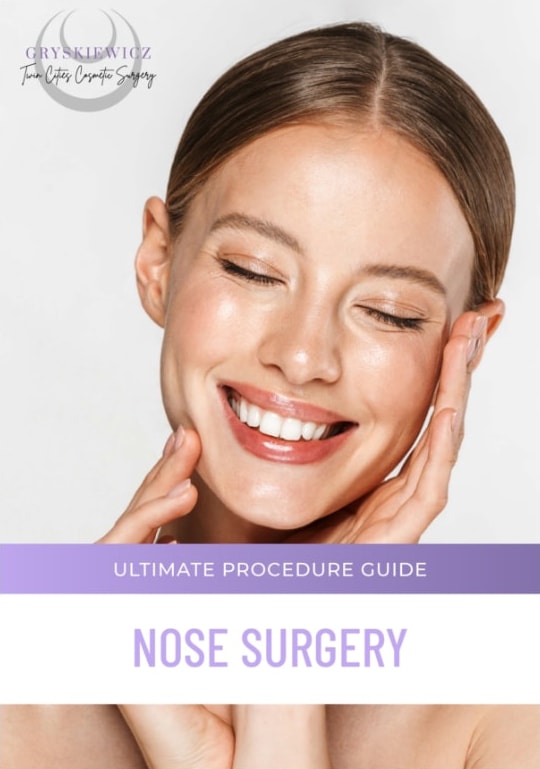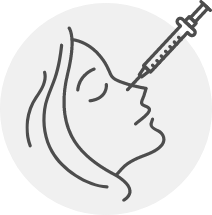What should I look for in a rhinoplasty surgeon?
When researching the best plastic surgeon to perform your nose surgery, you should select a physician who makes you feel confident in their ability to achieve your goals. Pay attention to a surgeon’s certifications, educational background, training, and professional memberships to get an idea of their experience with aesthetic surgery. After you find a prospective surgeon you’re interested in, be sure to explore their gallery of rhinoplasty results. If you decide to schedule an initial consultation, don’t be afraid to ask how often they perform rhinoplasty and about their experience with the procedure. Most importantly, make sure your plastic surgeon answers all your questions thoroughly and patiently without urging you to go through with surgery.
How can I reduce swelling after rhinoplasty?
There are many ways to decrease swelling after nose surgery, such as resting with your head slightly elevated, using cool compresses as instructed, and sticking to a healthy post-operative diet. Our plastic surgeon will use gauze and/or nasal splints to help encourage proper healing. It is important to note that although some swelling may last as long as one year after the procedure, the majority of inflammation should resolve within the first few months.
When can I blow my nose after rhinoplasty?
Given the delicate state of the nasal bones and cartilage after rhinoplasty, patients should avoid blowing their nose for at least two weeks. This timeframe may vary based on your procedure and unique rate of healing. Prematurely blowing the nose while the nasal framework is fragile can cause a number of complications, such as bleeding, increased swelling, and even an altered final outcome. Your plastic surgeon will let you know when it is safe to blow your nose again in your follow-up appointments.
How long after rhinoplasty can I wear glasses?
If you must wear glasses after rhinoplasty, this is fine — our plastic surgeon simply advises taping your glasses to your forehead to decrease pressure on the nasal bridge. Ideally, those who wear glasses should switch to contacts, if possible, for at least four to eight weeks following their procedure. Both prescription glasses and sunglasses can place unnecessary pressure on the nose while it is healing, therefore it is best to avoid anything that may potentially strain the nasal bridge. Your plastic surgeon can give you a more accurate idea of when you can expect to resume wearing glasses at your consultation.
How do I clean my nose after rhinoplasty?
If you have congestion after surgery and you are not allowed to blow your nose, you can clean out your nasal passages by gently rinsing the nostrils with saline nasal spray.
For more information about rhinoplasty, or to schedule a consultation, please contact our practice in Burnsville or Edina today.



















